There's No Trick to Good Oral Health
Tasty as they might be, Halloween treats can pose danger to teeth.

Here Comes Halloween!
Halloween means candy and sugary treats around the house. Keep your children's teeth healthy this Halloween by helping them practice good eating habits and making sure they brush twice a day and floss daily. You can start by setting a good example.
Tooth Decay is an Infection
Tooth decay is a leading infectious disease among children. The decay process requires three primary elements: bacteria in dental plaque, sugar and a hard to clean tooth surface. After eating foods high in sugar and starch or drinking beverages containing sugar, bacteria turn the sugar on the tooth surfaces into acids. These acids weaken tooth enamel over time. If left undisturbed, the enamel continues to weaken, holes in the teeth develop and decay spreads. Tooth decay can cause pain and lead to infections in the surrounding tissues. Signs of tooth decay include white, yellow or brown spots, holes in the teeth and sensitivity. Untreated tooth decay often results in pain, an inability to eat or chew well, embarrassing discolored and damaged teeth and even tooth loss.
Tooth Decay is Contagious
Tooth decay can spread from you to your baby. Babies are not born with decay-causing bacteria in their mouths. However, you can pass bacteria to them through your saliva. The higher the level of decay-causing bacteria in your mouth, the more likely it is that your child will become infected. Bacteria can spread easily through behaviors such as:
- Kissing your baby on the lips
- "Cleaning" a pacifier or the nipple of a bottle by putting it in your mouth
- Pre-chewing your baby's food
- Testing the temperature of a bottle by using your mouth or tasting a baby's food on the feeding spoon
- Allowing a baby to put their hands into your mouth and then into their own mouth
- Sharing cups, utensils, water bottles and toothbrushes
It's Not Just White Sugar
Candy and sugary foods are not the only culprits causing tooth decay. Many foods, including healthy foods, contain complex carbohydrates that metabolize into sugars. Examples include pizza, bread, some fresh fruits and many snack foods. These foods can have the same result as those with high sugar content. In addition, brown sugar, honey, molasses and syrups also react with bacteria in the mouth to produce acids.
Tooth Decay Can Be Prevented
When sugar and starches are left on the teeth for 20 minutes or more, they fuel bacteria that attack the enamel. Properly brushing and flossing and choosing healthy foods can prevent tooth decay, gum disease and possible tooth loss.
Tips for Healthy Teeth
- Encourage your children to make good food choices and to eat regular, healthy and balanced meals and snacks. Set a good example by doing the same.
- Choose sugary foods less often. When you do eat or drink sweets, try to limit them to mealtimes. Saliva increases during meals and helps neutralize acid production and rinses food particles from the mouth. Treats like raisins and gummy bears are more likely to stick to teeth and less likely to be cleared from the mouth by saliva.
- Drink tap water instead of sugary drinks. Water does an excellent job rinsing the teeth and diluting the acids. When water contains fluoride, it can promote the growth and development of stronger teeth.
- Choose nutritious snacks, such as fresh fruits and raw vegetables, whole grains, dairy products, meat and nuts. Consider chewing sugarless gum, which promotes saliva production.
- Make sure that you and your children brush your teeth twice per day, especially before bedtime.
- Limit hard candies, which are high in sugar and stay in the mouth for a long time. When chewing hard candies, the teeth can also chip or crack. Children can also choke on hard candies.
- Floss daily to remove plaque from in between teeth.
- Visit your dentist for regular checkups. The frequency of dental visits should be based upon your individual needs and discussed with your dentist.
- Establish a daily oral health care routine, which includes brushing, flossing, and eating a nutritious diet.
- You can reduce the ghoulish effects that treats can have on teeth. With your help and supervision, your child's risk of tooth decay can be reduced and even prevented.
Babies and Primary Teeth
Your child's teeth are susceptible to decay as soon as they appear in the mouth. Decay can occur when baby teeth are frequently exposed to liquids containing sugar, such as milk, formula, fruit juice, sodas and other sweetened drinks. When your child's first tooth appears, start a routine of cleaning the teeth to remove sugars that pool around the teeth and gums.
Note: The information in this document is not meant to replace the advice of your dentist or another licensed healthcare professional. Talk to your dentist for any specific dental advice.
Sources: www.cdc.gov www.nidcr.nih.gov www.ada.org






